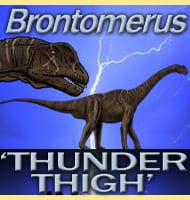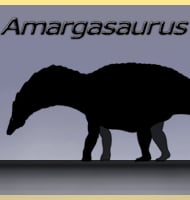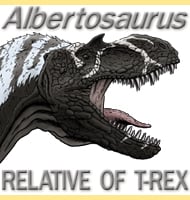Hexinlusaurus
In Depth One of many small ornithopod dinosaurs from the Jurassic of China, there has been some speculation that Hexinlusaurus may actually represent a juvenile form of another ornithopod. Similar small ornithopods from the same formation as Hexinlusaurus include Agilisaurus, Yandusaurus and Xiaosaurus. Other herbivorous dinosaurs may have come across include stegosaurs Tuojiangosaurus and Huayangosaurus … Read more


